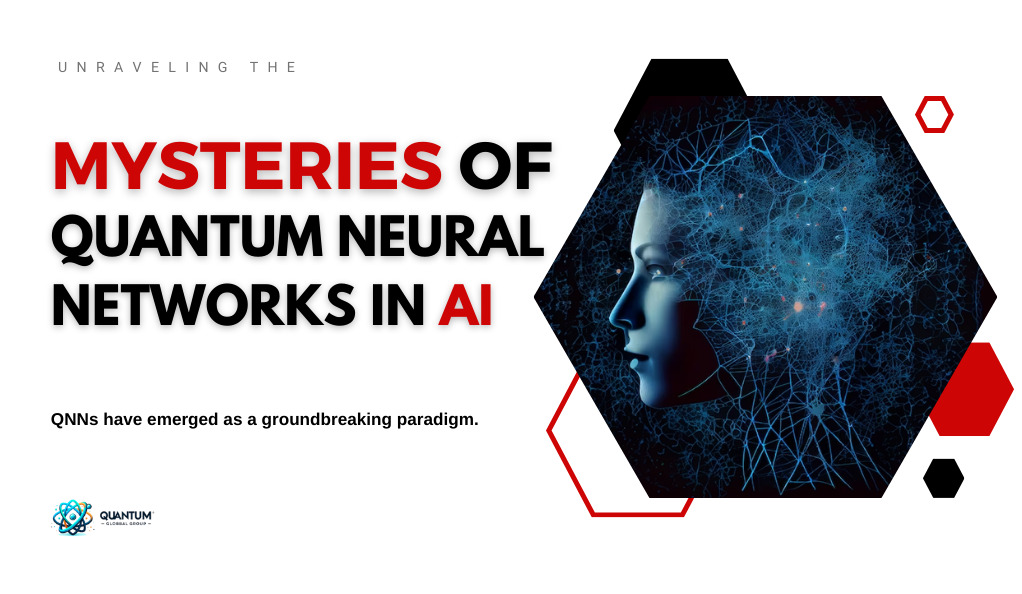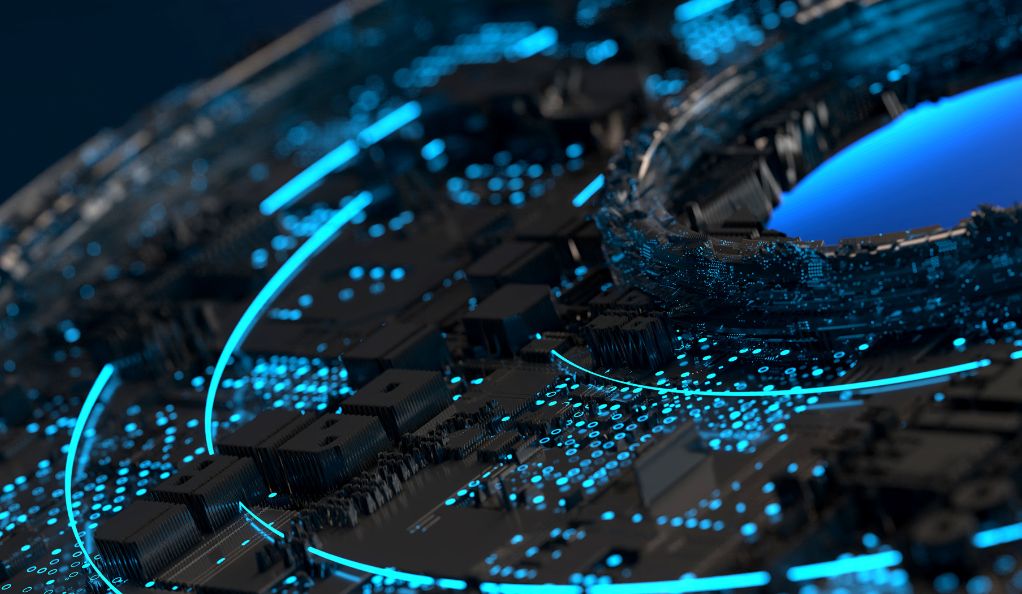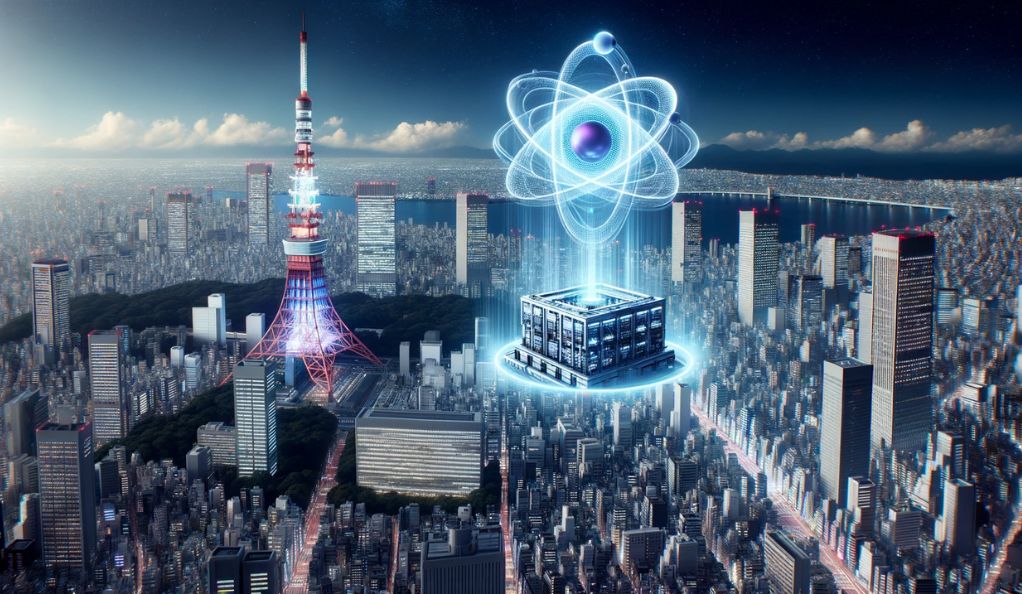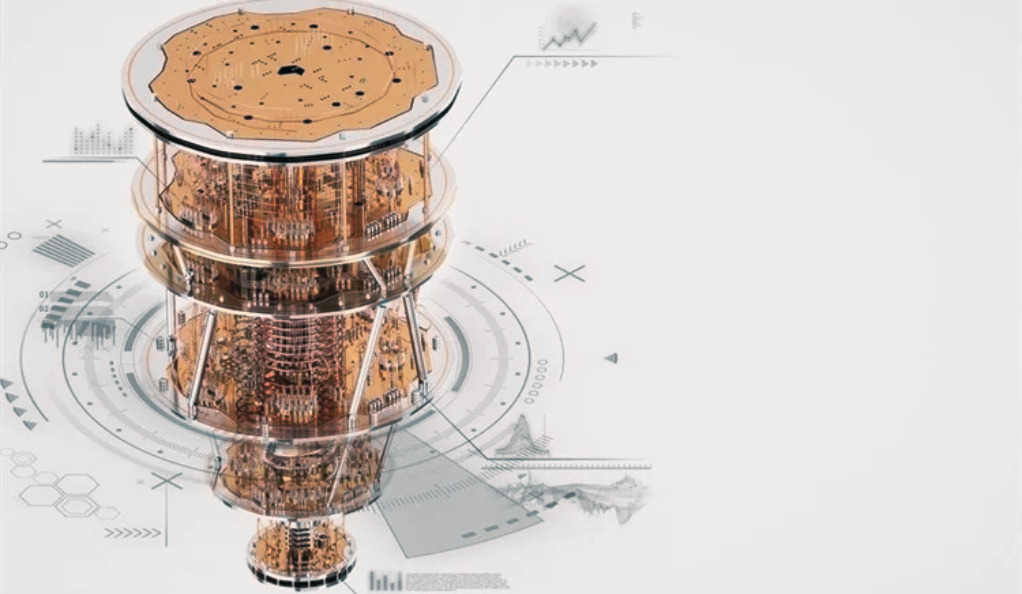In the ever-evolving landscape of artificial intelligence (AI), Quantum Neural Networks (QNNs) have emerged as a groundbreaking paradigm, intertwining the perplexing principles of quantum mechanics with the robust capabilities of neural networks. This fusion promises to usher in a new era of computational power and efficiency, potentially surpassing the limitations of classical computing and traditional AI models.
A Glimpse into the Past: The Genesis of Quantum Neural Networks
The concept of Quantum Neural Networks was first brought to light in 1995, thanks to the pioneering work of Subhash Kak and Ron Chrisley. Their independent publications laid the groundwork for a novel approach to computation, suggesting that quantum effects could play a crucial role in cognitive functions and, by extension, in artificial intelligence. This was a radical departure from conventional thinking and opened the doors to a realm of possibilities that were previously thought to be the stuff of science fiction.
| Neural Network Type | Core Idea | Computing Paradigm | Key Feature |
|---|---|---|---|
| Traditional Neural Network | Classical computing, linear processing | Classical (bits) | Linear and deterministic information processing |
| Quantum Neural Network | Leverages quantum mechanics, quantum parallelism | Quantum (qubits) | Superposition for parallel processing, entanglement for complex neuron interactions |
Bridging Two Worlds: The Quantum-Neural Interface
`The integration of quantum mechanics and neural networks is not without its challenges. The principles that govern the quantum world are fundamentally different from those of the classical world, leading to a host of theoretical and practical challenges in the development of QNNs. Despite these challenges, the potential rewards are too significant to ignore, as QNNs hold the promise of revolutionizing AI by providing unprecedented computational capabilities.
Theoretical Foundations of Quantum Neural Networks
Quantum Neural Networks stand at the crossroads of quantum mechanics and artificial intelligence, drawing from the complex principles of the quantum world to enhance the capabilities of neural networks. Understanding the theoretical underpinnings of QNNs is crucial for appreciating their potential and the revolutionary changes they could bring to AI.
Quantum Mechanics: The Pillars of QNNs
At the heart of Quantum Neural Networks lie the principles of quantum mechanics, a branch of physics that deals with the behavior of particles at the atomic and subatomic levels. Two key principles are particularly relevant to QNNs: superposition and entanglement.
- Superposition: Expanding Computational Horizons:Superposition enables quantum particles like qubits to exist in multiple states simultaneously. Unlike classical bits that are 0 or 1, qubits can be 0, 1, or both, allowing Quantum Neural Networks (QNNs) to process numerous possibilities simultaneously, offering unparalleled parallelism compared to classical neural networks.
- Entanglement: A Quantum Connection:Entanglement is a quantum phenomenon where particles instantly influence each other’s states, regardless of distance. In QNNs, it fosters unique neuron connectivity, enhancing information processing and learning capabilities.
Qubits: The Building Blocks of QNNs
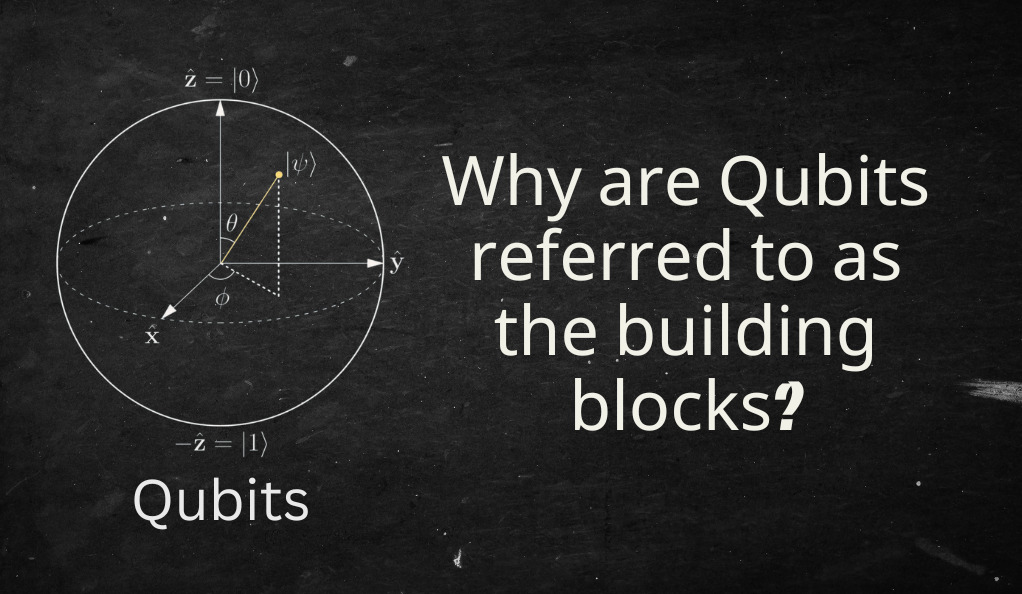
Qubits serve as the fundamental building blocks of Quantum Neural Networks. Unlike classical bits, qubits can represent a 0, a 1, or any superposition of these states, thanks to their quantum nature. This ability to exist in multiple states simultaneously is what gives QNNs their unparalleled computational power.
The Quantum-Neural Symbiosis
The integration of quantum mechanics and neural networks in QNNs leads to a symbiotic relationship where the strengths of one compensate for the weaknesses of the other. The quantum properties of superposition and entanglement provide a level of parallelism and connectivity that enhances the learning and processing capabilities of neural networks, while the structured framework of neural networks offers a way to harness and apply the principles of quantum mechanics to practical computational tasks.
Architecture of Quantum Neural Networks
Quantum Neural Networks adopt a unique architecture that sets them apart from their classical counterparts. This architecture leverages the principles of quantum mechanics to create a network that is both powerful and efficient.
The Quantum Feed-Forward Structure
Most QNNs are developed as feed-forward networks, where information flows in one direction from the input layer, through hidden layers, to the output layer. Each layer consists of qubits, and the information is passed from one layer to the next through quantum gates. Unlike classical neural networks, the layers in a QNN do not need to have the same number of qubits, providing flexibility in the network’s design.
Categories of Quantum Neural Networks
QNNs can be categorized based on the nature of their interaction with data and computers:
- Quantum Computer with Classical Data: The network operates on a quantum computer, but the data it processes is classical.
- Classical Computer with Quantum Data: The network operates on a classical computer, but it processes quantum data.
- Quantum Computer with Quantum Data: Both the network and the data are quantum in nature.
Each category has its own set of applications and challenges, and the choice depends on the specific requirements of the task at hand.
Quantum Neural Network Models and Algorithms
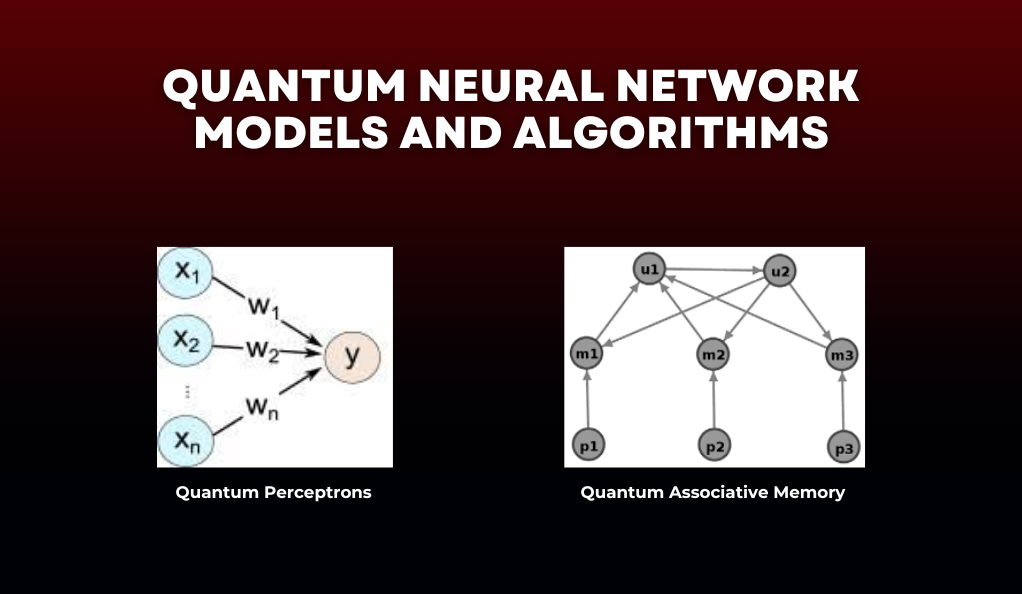
The field of Quantum Neural Networks is rich with a variety of models and algorithms, each designed to leverage the quantum properties of superposition and entanglement to enhance computational capabilities.
Quantum Perceptrons: A Quantum Leap for Neurons
Quantum perceptrons are the quantum equivalent of the classical perceptron, serving as the basic building block of QNNs. They operate using qubits and quantum gates, and their design aims to mimic the activation function of classical neurons. The challenge lies in translating the non-linear activation functions of classical perceptrons into the linear operations of quantum mechanics.
Quantum Associative Memory: A Quantum Approach to Memory
Quantum associative memory algorithms provide a way to store and retrieve patterns in a quantum state. These algorithms leverage the principles of superposition and entanglement to create memory states that can be accessed and retrieved efficiently, providing a quantum-enhanced version of associative memory.
Training and Optimization in Quantum Neural Networks
Training a Quantum Neural Network involves adjusting the parameters of the quantum gates to optimize the network’s performance. This process is analogous to adjusting the weights in a classical neural network, but with the added complexity of operating in the quantum realm.
The No-Cloning Theorem and Quantum Training
The no-cloning theorem, a fundamental principle of quantum mechanics, states that it is impossible to create an exact copy of an arbitrary unknown quantum state. This poses a challenge for training QNNs, as the traditional methods of copying and distributing information across the network are not applicable. Innovative solutions and algorithms are required to navigate this challenge and ensure efficient training of QNNs.
Applications and Future Prospects of Quantum Neural Networks
Quantum Neural Networks hold the promise of revolutionizing the field of artificial intelligence, with potential applications ranging from machine learning and pattern recognition to optimization and data analysis. The unique capabilities of QNNs, powered by the principles of quantum mechanics, position them as a key player in the future development of AI.
As the field continues to evolve and mature, the challenges and complexities of QNNs will be addressed, paving the way for a new era of computational power and intelligence. The journey into the quantum realm is just beginning, and the full potential of Quantum Neural Networks is yet to be realized.
Challenges and Future Directions in Quantum Neural Network Development
The journey into integrating quantum mechanics with neural networks is fraught with challenges, yet it holds immense potential. Quantum Neural Networks (QNNs) are at the forefront of this exciting frontier, promising to revolutionize the field of artificial intelligence.
Overcoming Quantum Challenges
The quantum realm operates under principles that are vastly different from classical physics, introducing unique challenges in the development of QNNs. Quantum decoherence, error rates in quantum computations, and the no-cloning theorem are just a few of the hurdles that researchers and developers must overcome. Innovative algorithms and error-correction techniques are under constant development to mitigate these issues and harness the full power of quantum computing.
Scalability and Resource Optimization
As with any emerging technology, scaling QNNs to handle larger and more complex tasks is a critical challenge. The need for specialized quantum hardware and the limited availability of quantum resources necessitate efficient algorithms and network designs. Researchers are exploring various models and architectures, striving to optimize resource utilization while maximizing computational capabilities.
Bridging Quantum and Classical Worlds
The integration of quantum networks with classical systems is a pivotal aspect of making QNNs practical and accessible. Developing interfaces and protocols that enable seamless communication between quantum and classical systems is crucial. This integration will ensure that QNNs can be effectively utilized in real-world applications, bringing the benefits of quantum computing to a broader audience.
Ethical Considerations and Security Implications
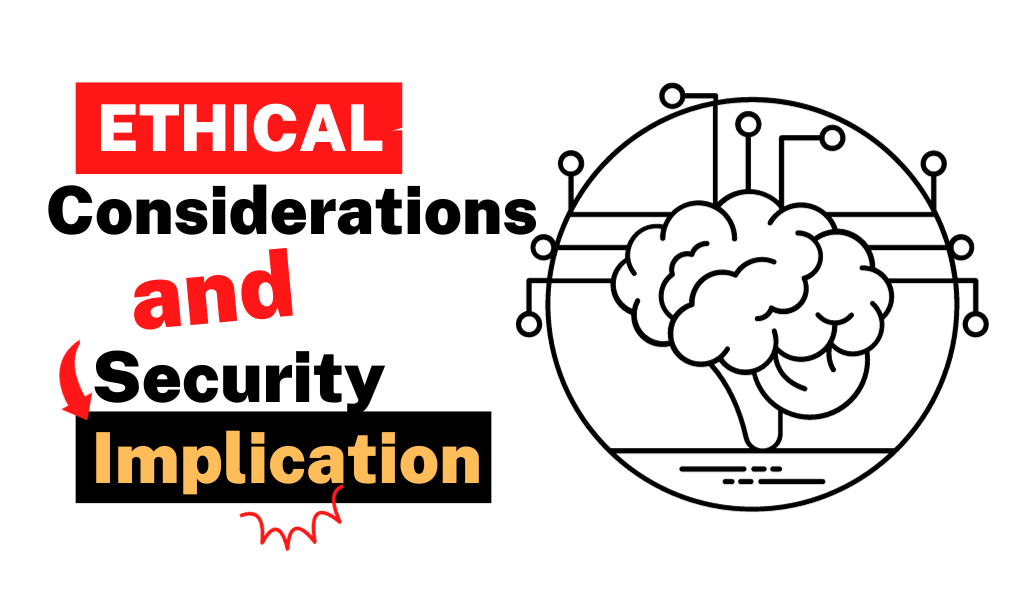
The advent of QNNs and quantum computing brings forth ethical considerations and security implications that must be addressed. The potential for QNNs to break existing encryption methods poses significant challenges to cybersecurity. At the same time, the ethical use of this powerful technology, particularly in areas like data privacy and bias in AI, requires careful consideration and responsible development practices.
Nurturing Innovation and Collaboration
The field of Quantum Neural Networks is highly interdisciplinary, drawing from quantum physics, computer science, and artificial intelligence. Fostering a collaborative environment that encourages innovation and knowledge sharing is vital for the continued progress in this field. Universities, research institutions, and industry players play a pivotal role in nurturing talent and providing the resources needed for breakthroughs in QNN development.
Conclusion: Quantum Neural Networks – A Glimpse into the Future
Quantum Neural Networks represent a bold step into the future of artificial intelligence, offering a glimpse into a world where the boundaries of computational power are significantly expanded. As researchers and developers navigate the challenges and complexities of integrating quantum mechanics with neural networks, the potential for transformative change in AI and computing as a whole is immense.
The journey is fraught with challenges, but the rewards are too significant to ignore. Quantum Neural Networks stand at the cusp of a new era, poised to unlock new possibilities and redefine what is possible in the realm of artificial intelligence. The future is quantum, and the possibilities are limitless.

